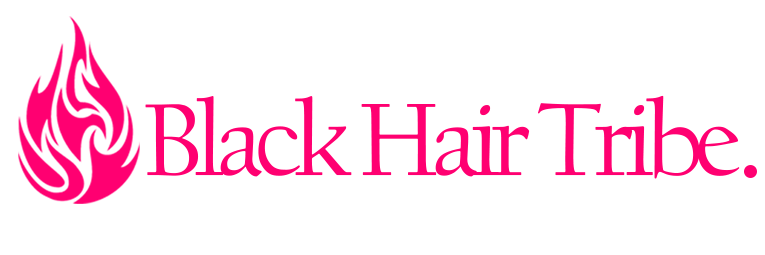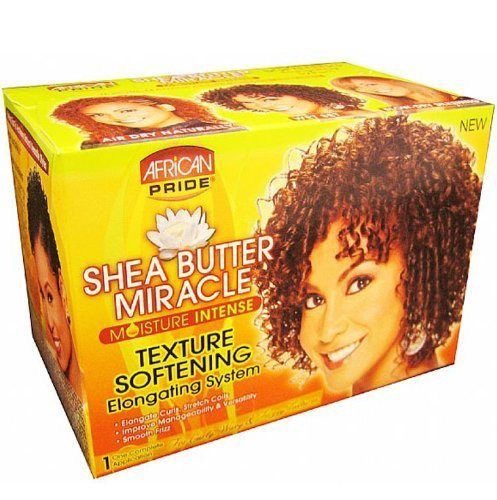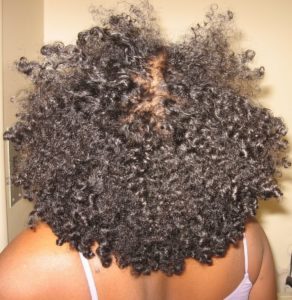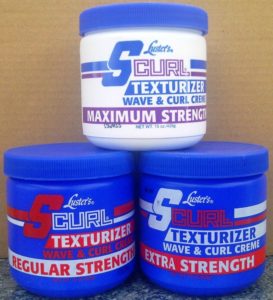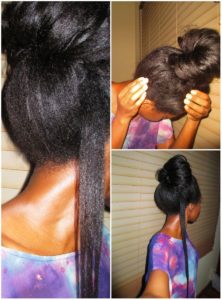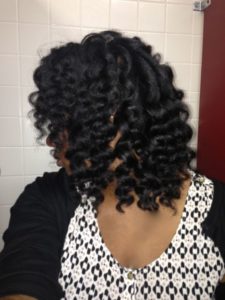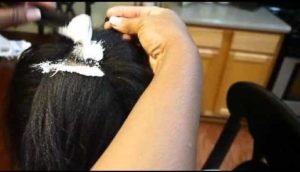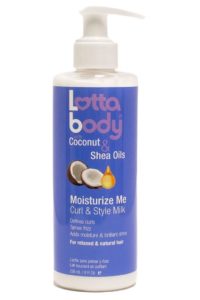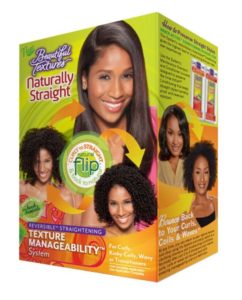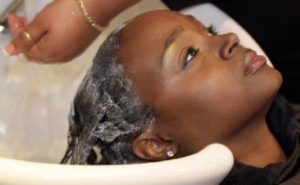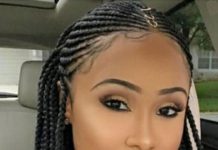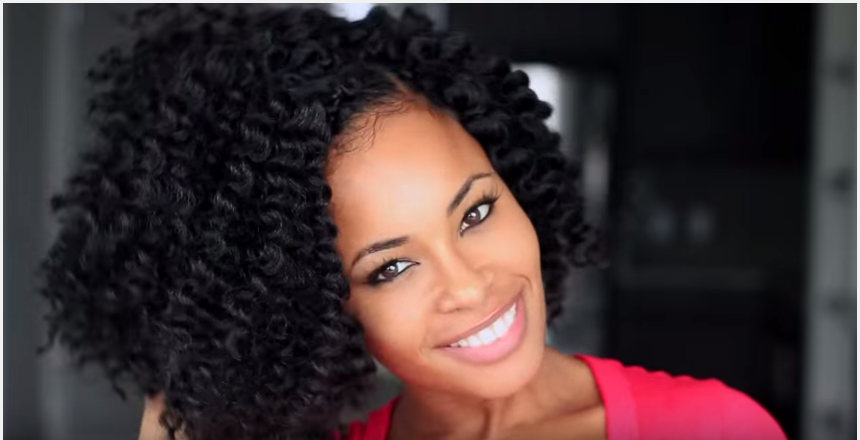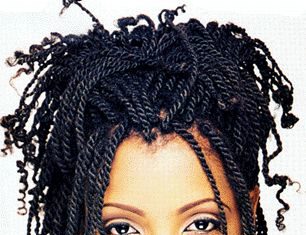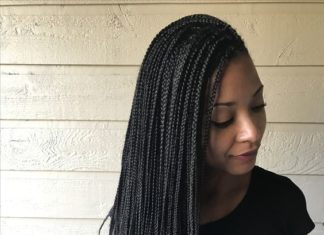Hair Texturizer Guide
If you’ve never gotten a texturizer, you might be curious about what it is and how it differs from a relaxer. Some people believe that a texturizer provides the best of both worlds when it comes to relaxed and natural hair. Some will also argue that texturizers are better for your hair than relaxers. Not only that, with the way some products are marketed, you may be wondering if there is such a thing as a “natural texturizer” that can loosen the curl pattern of your natural hair. Let’s take a look at hair texturizers and see what they actually do to your hair.
1What is a Texturizer?
A texturizer is a chemical treatment that loosens the texture of naturally kinky or curly hair. Unlike a relaxer, a texturizer is not meant to give you bone straight hair: the hair will still have some curl/texture to it, it just won’t be as tightly coiled as before. Like a relaxer, you will need touch-up applications on your new growth in order to maintain a uniform texture.
2What Does a Texturizer Do On Natural Hair?
If you look at the ingredient list on a boxed texturizer kit, you’ll notice that the main ingredients are the same as what you’d find in a relaxer. Texturizers sometimes have a milder formula and are left on the hair for a shorter amount of time to loosen your hair’s natural curl pattern. However, because it is a chemical treatment that permanently alters your hair texture, once you apply a texturizer to your hair, it no longer falls into the natural hair category.
3What Happens When You Use a Texturizer?
A texturizer is applied to the hair the same way you’d apply a relaxer. The hair is split into sections and the creme is applied to the hair. As previously mentioned, a texturizer permanently changes the texture of your natural hair. When applying a touch-up application, make sure you’re only applying it to new growth. If not, you run the risk of over-processing your hair which can result in breakage or hair loss. Some women find that their hair is easier to manage in a texturized state, and find texturizers to be an ideal middle ground between relaxed and natural hair.
4Things To Consider Before Getting a Texturizer
If you are thinking about getting a texturizer, it’s important to have realistic expectations. A texturizer will only loosen your natural curl pattern, not change it to a completely different curl pattern. For example, if your hair has a natural tight, zig-zag pattern, a texturizer will likely result in a looser zig-zag pattern; it won’t result in corkscrew curls. If you have tight corkscrew curls, a texturizer will likely result in looser corkscrew curls, not loose zig-zag shaped curls. Embracing your natural texture is a wonderful thing, but if you decide to alter it with a texturizer, do your research so you’re not disappointed with the results.
5Should You Transition to Natural Hair With a Texturizer?
Some people believe that it’s easier to transition from relaxed to natural hair by getting a texturizer first. The logic behind this is that with a texturizer, you’ll get accustomed to seeing your hair in a textured state, so when you’re finally fully natural, the look and feel of tighter curls won’t come as such a shock. This may be true, but this will ultimately just delay the inevitable. You’d have to start the transition from relaxed hair to texturized hair by applying the texturizer to just your roots. You will then eventually have three textures to deal with later in your transition (texturized, relaxed, and natural), which will be difficult to manage. Weigh the pros and cons carefully before you decide to make this step.
6Pros of a Texturizer
If you have hair that is very tightly coiled and tangles easily, a texturizer might appeal to you, as it can help make detangling and styling easier and faster.
Because a texturizer is left in your hair for a shorter amount of time, it’s likely to be less damaging to your hair, as long as it’s cared for properly.
In general, the looser the curl, the easier it is to straighten, so if you like to switch between curly and straight styles, a texturizer might make that process easier.
7More Pros of a Texturizer (continued)
Since a texturizer loosens the hair’s natural curl pattern without completely straightening it, it is still possible to wear curly styles such as wash n gos and twist outs.
Texturizers do not need to be touched up as often as relaxers because the texture of your new growth won’t be as drastically different as with chemically straightened hair. Many ladies find that it’s only necessary to get a touch-up application every 4 to 5 months.
If you don’t like the look of bone straight hair but want a looser curl pattern, a texturizer may be able to provide that for you.
8Cons of a Texturizer
Like a relaxer, texturizers come with a risk of chemical damage if it’s applied incorrectly, left on too long, or if it touches the scalp.
If left on too long, it’s possible for a texturizer to actually straighten your hair instead of just loosening the curl pattern.
Because texturizers don’t give you bone-straight hair, it’s possible that subsequent applications could result in a slightly different texture, which could be a problem if you want your texture to be uniform from root to tip.
9More Cons of a Texturizer (continued)
Even though a texturizer might be milder than a relaxer, it can still weaken your hair, making it more susceptible to breakage.
Because a texturizer must be applied more quickly than a relaxer, it may be better to let a professional handle all applications and touch-ups, which will be more expensive than doing it yourself at home.
A texturizer is permanent, so if you don’t like the results, you cannot reverse the process. You will have to either grow it out completely or cut your hair off.
10Caring for Texturized Curls
Once your curls have been texturized, it’s important to deep condition regularly and keep your hair moisturized. It’s also a good idea to use a sulfate-free shampoo since sulfates dry out the hair. If you’re going from natural hair to texturized hair, you might find that some of the styling products you used to use are now too heavy for your newly texturized strands. With that being said, you may need to experiment with some new products. Hair milks may be a good option for moisturizing your hair because they tend to be more lightweight. You can also experiment with lightweight curl activator sprays for curl definition.
11Styling Texturized Curls
There are many ways to style texturized curls. How your styles turn out will ultimately depend on your unique texture, the products you use, and the styling method you choose – much like with natural hair. Texturized hair will typically hold a curl better than relaxed hair, though possibly not as well as natural hair. If you don’t like the look of a wash n go, you can opt for styles like twist outs and rod sets. You can also straighten texturized hair with heat, just be sure to use a heat protectant and keep your styling tools on the lowest possible setting to avoid heat damage. A roller set is a great way to straighten hair without direct heat.
12Texturizer vs Texture Manageability System
In more recent years, newer products known as texture manageability systems have emerged onto the hair care market. These kits should not be confused with texturizers as their purpose is to temporarily straighten the hair. The kits usually contain shampoos, conditioners, and leave-in conditioners that contain ingredients meant to help prevent your hair from reverting back to its naturally curly state. A sulfate shampoo is needed to completely remove these ingredients and return to your natural texture.
13The Take-Away
Now that you have the facts, it’s up to you to decide if a texturizer is right for you. When it comes to decisions like this one, your top priority should be the health of your hair. If your hair is damaged, it’s best to refrain from any chemical treatment until its health has been restored. If you decide to get a texturizer, make sure you do your homework and consult with a knowledgeable, trusted hair stylist whose best interest is also maintaining your hair’s health. But ultimately, the decision is all yours.
